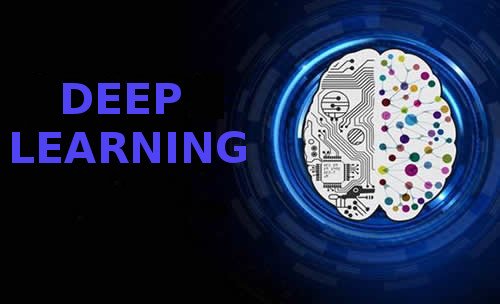In the rapidly evolving landscape of technology, deep learning stands as a monumental pillar, driving unprecedented advancements across various domains. As a subfield of machine learning, which itself nests under the broad umbrella of artificial intelligence (AI), deep learning has ignited a revolution that transcends traditional computational methodologies. This article delves into the nuances of deep learning, distinguishing it from its counterparts, and highlighting its profound impact on our world.
The Hierarchical Structure of AI Technologies
Artificial intelligence encompasses a wide array of technologies aimed at emulating human intelligence. Within this expansive field, machine learning emerges as a dynamic subset focused on empowering machines to learn from data, make decisions, and predict outcomes. A step further into the intricacies of machine learning reveals neural networks, inspired by the biological neural networks in the human brain, which serve as the foundation for deep learning.
Deep learning, a subset of neural networks, distinguishes itself through its ability to process and learn from unstructured data autonomously. Unlike classical machine learning, which relies on human intervention to identify features in data, deep learning algorithms dive deep into data layers, automatically extracting and learning features. This capability not only minimizes human effort but also enhances the model’s ability to handle vast datasets, earning it the title of “scalable machine learning” as noted by Lex Fridman.
Understanding Neural Networks and Deep Learning
At the heart of deep learning lies the architecture of artificial neural networks (ANNs), comprising interconnected nodes or neurons arranged in layers. These layers include an input layer, multiple hidden layers, and an output layer. The depth of these networks, indicated by the number of hidden layers, is what gives deep learning its name and its power.
A neural network with more than three layers, including the input and output layers, ventures into the realm of deep learning. These deep neural networks are adept at processing complex, high-dimensional data, making them invaluable for tasks that were once deemed insurmountable for machines.
The Pivotal Role of Deep Learning in Modern Technology
Deep learning’s prowess is most evident in its applications. It’s the driving force behind the success of computer vision, enabling machines to recognize and interpret images and videos with astonishing accuracy. In natural language processing, deep learning has broken new ground, enhancing machine understanding of human language in ways that enable seamless interaction between humans and AI systems. Furthermore, its contributions to speech recognition have paved the way for voice-activated assistants and more natural human-computer interactions.
Deep Learning vs. Machine Learning: A Comparative Perspective
While machine learning and deep learning are often mentioned in the same breath, understanding their differences is crucial. Machine learning algorithms, particularly those not classified as “deep,” require structured data and human expertise to learn. In contrast, deep learning algorithms thrive on unstructured data, learning features and patterns directly from the data itself. This fundamental difference underscores deep learning’s ability to scale with data, becoming increasingly effective as the volume of data grows.
Looking Ahead: The Future of Deep Learning
As we stand on the cusp of technological breakthroughs, deep learning continues to be at the forefront of AI research. Its ability to learn from unstructured data and improve with scale promises to unlock further innovations in AI. However, the journey is not without challenges. The black-box nature of deep learning models, requiring substantial computational resources and data, poses questions about efficiency, interpretability, and ethical use.
Nevertheless, the potential of deep learning is boundless. As researchers and practitioners refine these models and address existing challenges, we can anticipate a future where deep learning not only enhances technological capabilities but also enriches human experiences in myriad ways.
Conclusion
Deep learning, with its roots in neural networks and machine learning, has emerged as a transformative force in artificial intelligence. By autonomously learning from data, deep learning has accelerated progress in fields like computer vision, natural language processing, and speech recognition. As we continue to explore the depths of deep learning, its contributions to AI are poised to grow, heralding a new era of innovation and discovery.
Also, read more at “kiendel.com“
